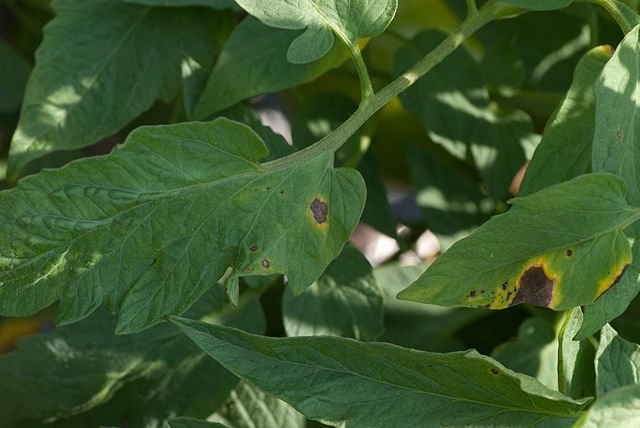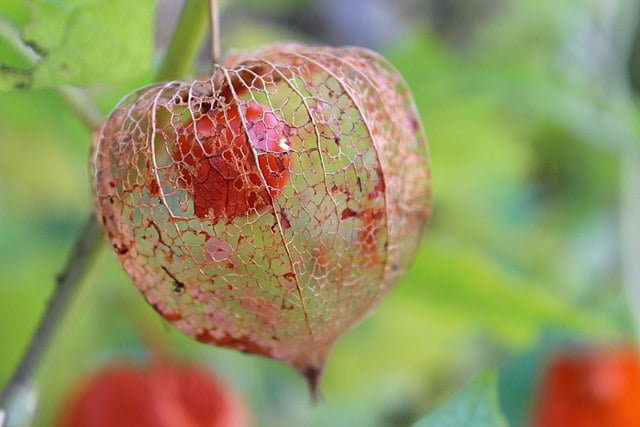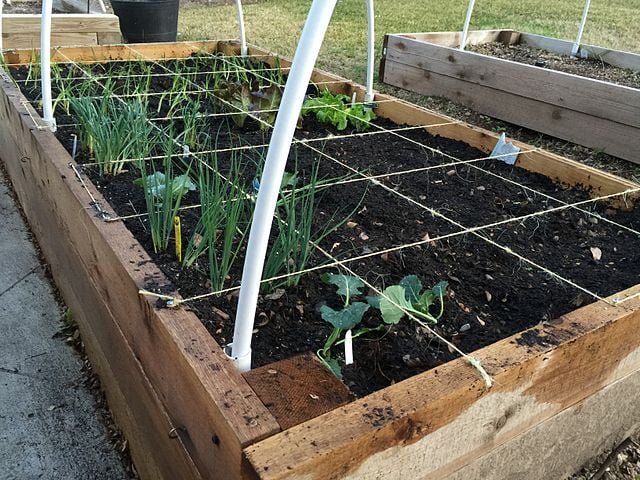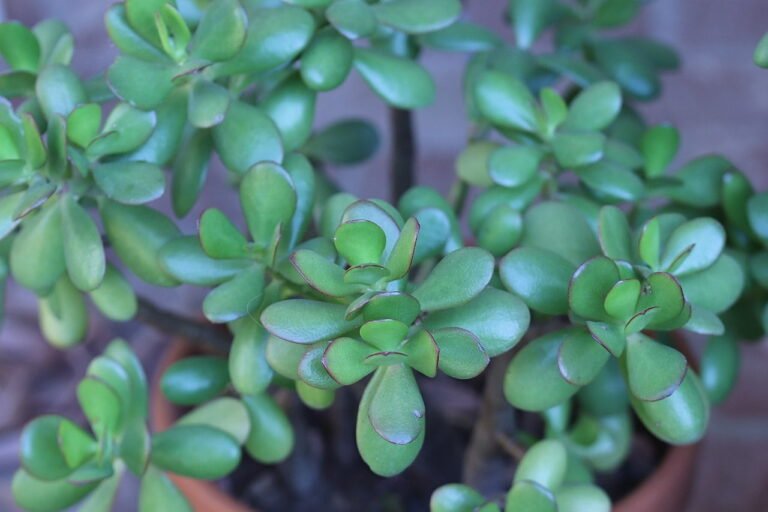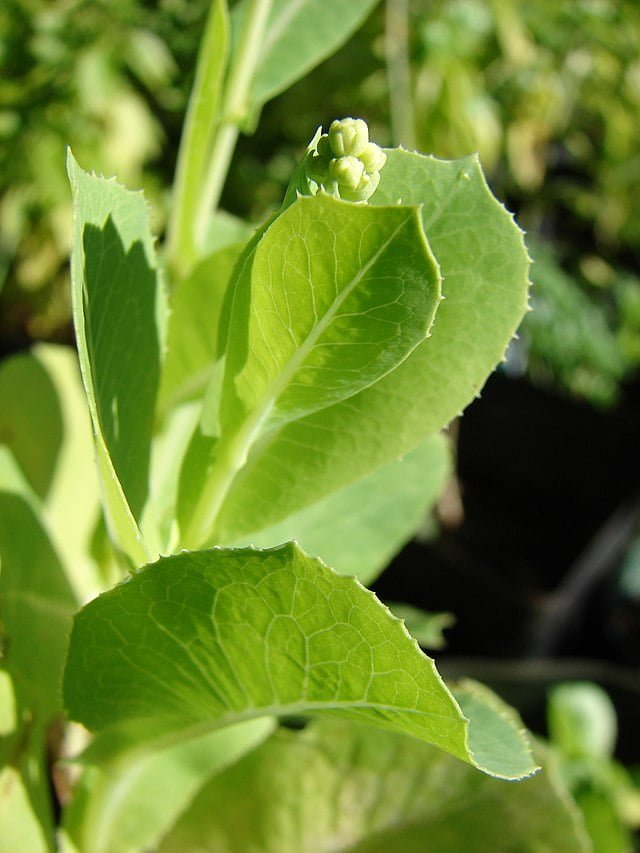Taming the Tomato Terror: Your Ultimate Guide to Battling Tomato Blight
Hello, green-thumbed readers! If you’ve ever lovingly nurtured your tomato plants only to see them struck down by a mysterious ailment, you’re in the right place. Today, we’re going to wage war on a garden nightmare – tomato blight. This sneaky, devastating disease has ruined countless tomato crops, but we’re not going to let it defeat us. So, gather your gardening gear, and let’s show blight who’s boss!
What the Blight is Going On?
Before we dive into our blight-busting strategies, let’s understand our adversary. Tomato blight, in its most common forms of late blight and early blight, is a fungal disease that strikes fear into the hearts of gardeners. The culprit? Fungi named Phytophthora infestans and Alternaria solani, respectively. Once established, they can cause severe damage, leading to leaf spots, stem lesions, and fruit rot, and effectively blighting our tomato dreams.
Know Your Enemy: Spotting the Signs
Like any enemy attack, the first defense is to know the signs. Early blight begins as small, dark spots on older leaves that eventually grow into a bullseye pattern. Late blight starts as irregular grey patches that gradually turn brown and develop a white fungal growth around the edges in humid conditions. Both types can spread rapidly, so vigilance is key!
Plan of Attack: Prevention is Better Than Cure
They say the best defense is a good offense, and it’s especially true with tomato blight. By taking preventative measures, you can significantly reduce the likelihood of a blight breakout in your garden:
- Crop Rotation: Rotate your crops each year to break the disease cycle. Blight spores can overwinter in the soil, so avoid planting tomatoes in the same spot two years in a row.
- Resistant Varieties: Consider planting blight-resistant tomato varieties. While not completely immune, these varieties have a better chance of surviving an outbreak.
- Proper Spacing: Give your tomato plants plenty of room. Adequate spacing allows air to circulate and reduces the spread of the disease.
Taking Action: Dealing with the Outbreak
Despite your best efforts, if you do find yourself in a face-off with blight, take immediate action:
- Prune and Isolate: Remove infected leaves as soon as you notice them. This can help slow the spread. Be sure to sanitize your tools after handling infected plants.
- Fungicides: Use a fungicide suitable for edible plants, such as copper-based sprays or organic options like Bacillus subtilis. Always follow the manufacturer’s instructions.
- Solarization: This method involves covering the soil with a clear plastic tarp during the hottest part of the summer. The heat from the sun can kill blight spores in the soil.
The Aftermath: Clean-Up is Crucial
Once the growing season is over, clean-up is crucial. Remove and dispose of all plant debris from your garden, as blight spores can survive on plant material left in the garden.
Final Thoughts
Facing tomato blight might seem like a gardener’s nightmare, but with knowledge and careful management, you can lessen its impact and safeguard your beloved tomatoes. Remember, every challenge we overcome makes us better gardeners.
Enjoyed this post? Share the wisdom with your fellow tomato-lovers! And don’t forget to join our gardening community by subscribing to our blog. Here’s to a blight-free, bountiful harvest!

